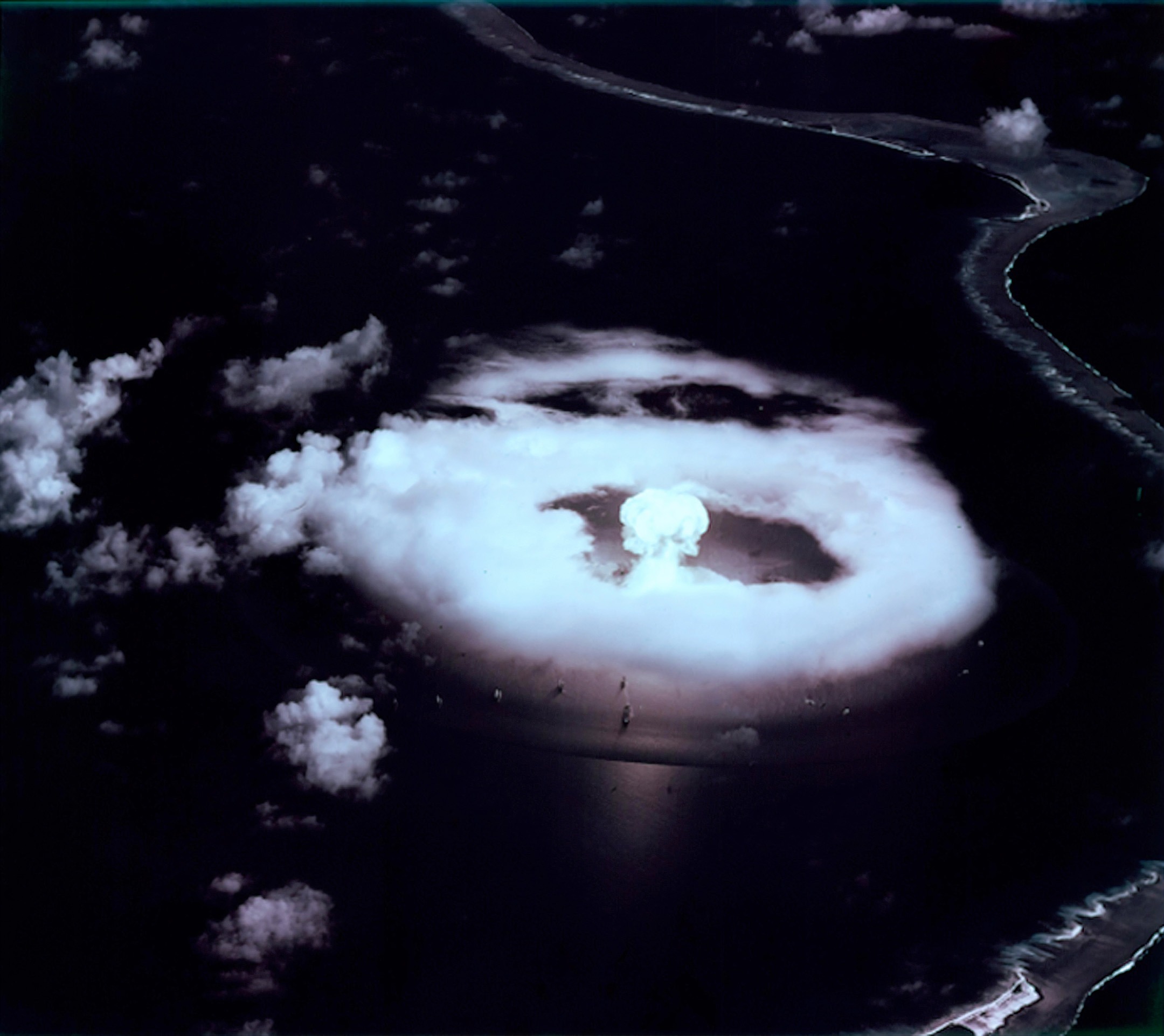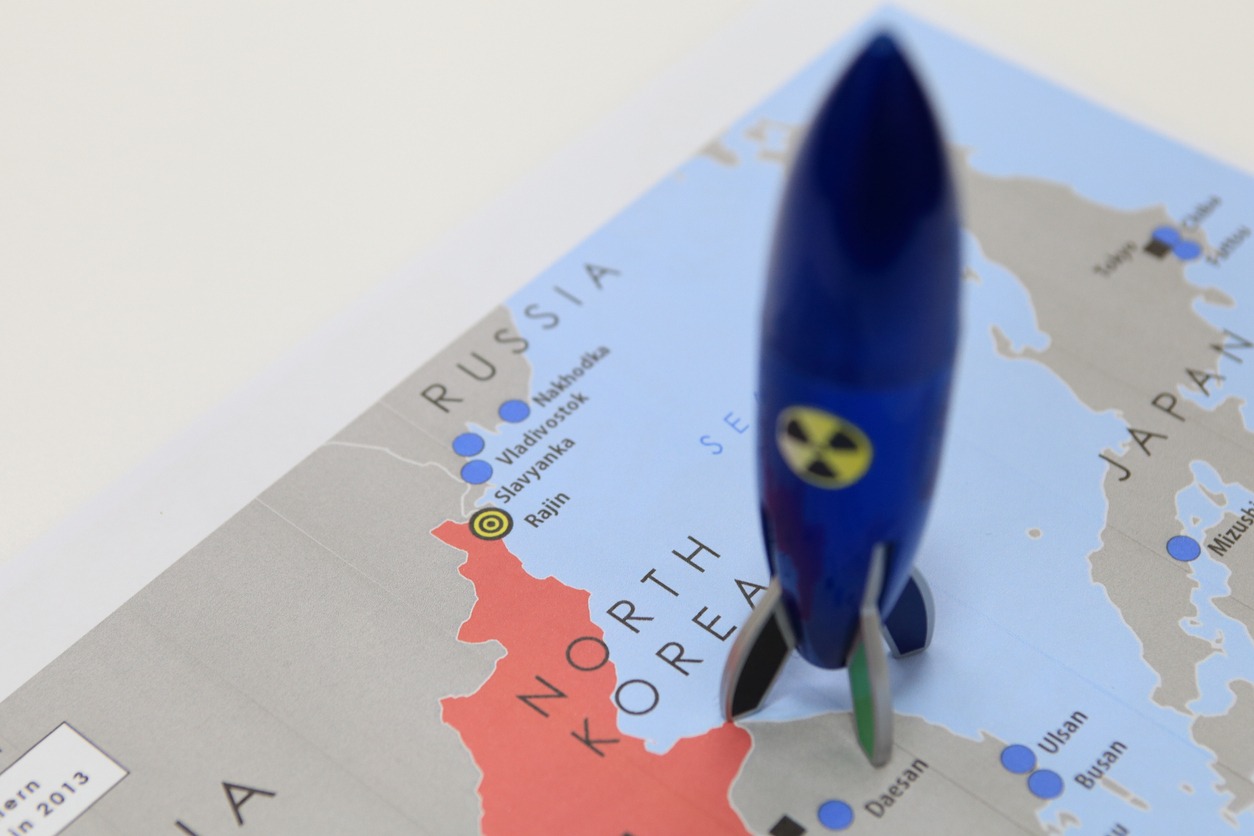The Nuclear Weapons Prohibition Treaty: Aim, Scope and Limitations
APLN Policy Brief 42
The following is a summary. Click on the adjacent link to download the full brief.
The Nuclear Weapons Prohibition Treaty is politically and historically important but poorly executed, especially on the vital issue of safeguards standards. It is to be hoped the General Assembly will act to correct this and other drafting problems. The approach taken in the treaty means no nuclear-armed state is likely to join it in the near term. The treaty also appears to exclude non-nuclear-weapon states with extended nuclear deterrence arrangements (a “nuclear umbrella”). The implications for other states in alliance with nuclear-armed states are not clear. In addition there may be implications for states in nuclear weapon-free zones. An issue to be managed in the future is the interaction of review processes under this treaty and the NPT.
About the Author
John Carlson was formerly Director General of the Australian Safeguards and NonProliferation Office, and founding Chair of the Asia–Pacific Safeguards Network. He is an adviser to APLN, and his other current appointments include Counselor to the Nuclear Threat Initiative (NTI); Nonresident Fellow of the Lowy Institute; member of the Advisory Council of the International Luxembourg Forum; and Associate, Project on Managing the Atom, Belfer Center, Harvard University.
Image: Unsplash stock, Science in HD.




